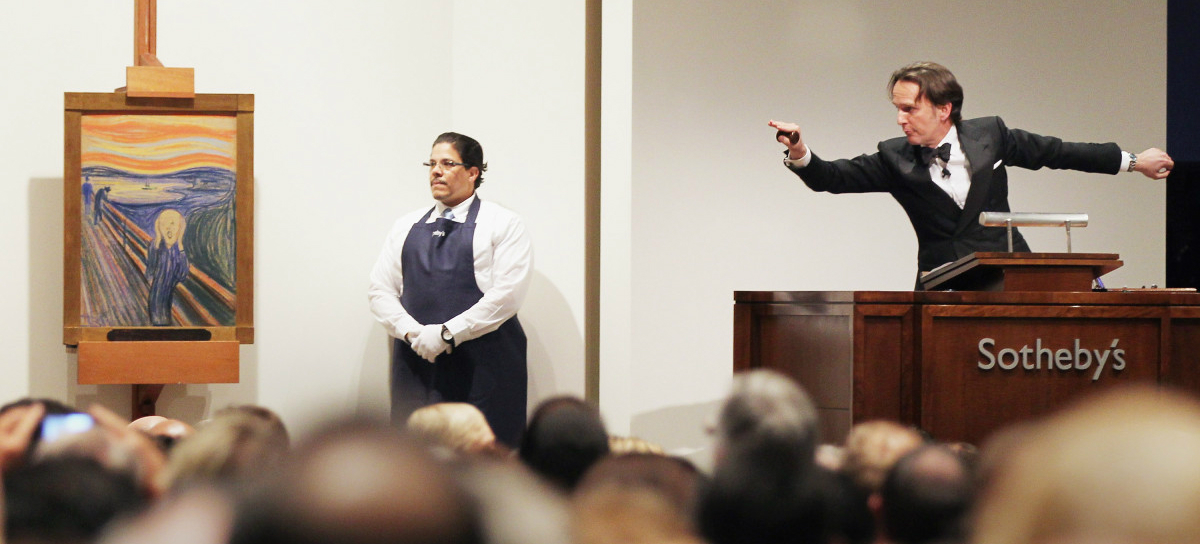This is a case report on auction house Sotheby’s launch of its online platform, Sothebys.com, based on Harvard Business School’s case, Sothebys.com. You can purchase the original case from HBS here. Download a pdf of this case report here.
ABSTRACT
The current revenue model of Sotheby’s online auction sites does not adequately monetize the value the platforms offer both buyers and sellers. The situation is such that the average lot sold on Sothebys.com is losing money for the firm. To rectify this, Sotheby’s must charge their Associate members for access to the platform, change the premium schedule of online sales to match that of live auctions, and make it a strategic initiative to push lower priced items from the live auctions to online sales to improve the company’s overall profitability.

